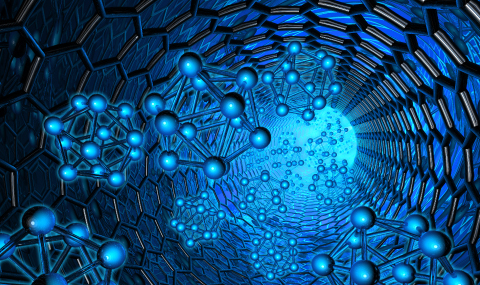The Ring Imaging Cherenkov (RICH) technique is practiced to identify relativistic particles produced at particle accelerators, or in cosmos. RICH detectors combine adequate optically-transparent radiators, coupled to efficient photon imaging devices - of single-photon sensitivity. Our group has acquired the expertise and experience in developing gaseous UV-photon imaging detectors (gaseous photomultipliers, GPM) for RICH. Various UV-detector concepts have been developed; they combine either “gaseous” (TEA, TMAE) or “solid” (CsI) photocathodes, coupled to gas-avalanche photoelectron multipliers. Past-years multipliers developed here were wire chambers, and multi-stage avalanche chambers, with electronic or optical avalanche readout. Large TMAE-based RICH detectors were built in collaboration with I. Tserruya (WIS) for the CERN-CERES, relativistic heavy-on experiment. More recently, MPGD-based UV-detector concepts were developed in our group, comprising of cascaded-GEM and cascaded-THGEM multipliers, with their top electrode coated with a CsI UV-sensitive photocathode. I. Tserruya (WIS) built a large GEM-based RICH system for BNL-RHIC-Phenix; a large THGEM-based RICH detector is currently built for CERN-COMPASS by S. Dalla Torre (Trieste). Together with S. Bressler (WIS), we are currently developing RPWELL-based UV-detectors for RICH, of high expected gain and broader dynamic range.
Radiation Detection Physics


